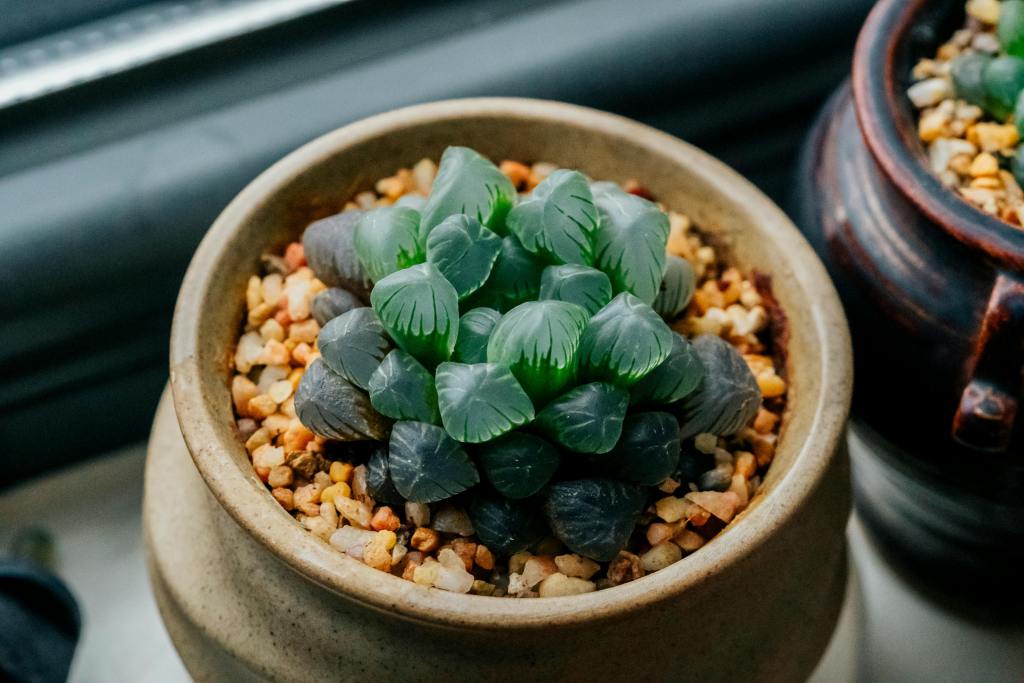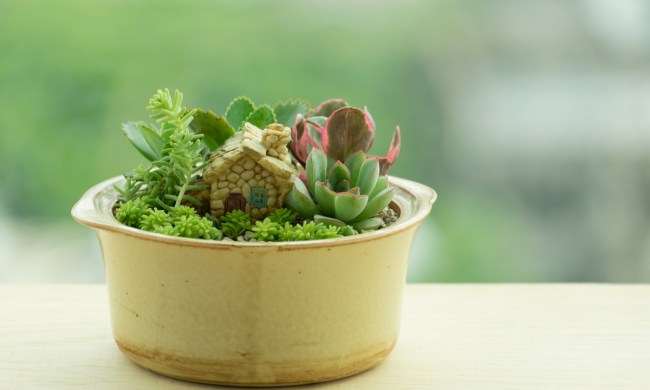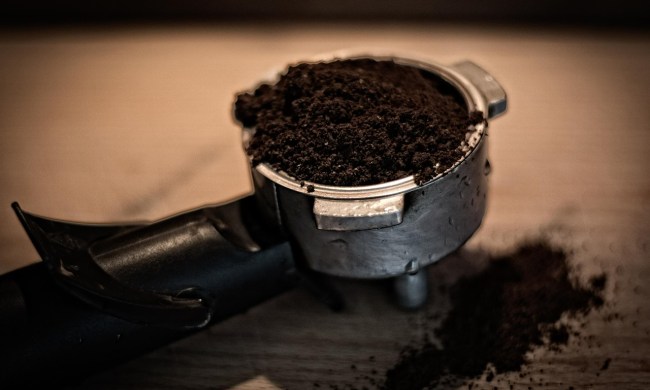The traditional image of a garden is usually a romantic one characterized by lush, dainty flowers and whimsical decor pieces fashioned after woodland creatures. But what if you’re into a look that’s sleeker and more futuristic? Enter hortifuturism, which is a 2024 gardening trend that takes inspiration from science-fiction.
There are many ways to implement the hortifuturism trend, whether you’re partial to an indoor hydroponic setup, an enclosed terrarium, or a full-blown night garden. Read on for more out-of-this-world, tech-forward garden ideas.
What is the hortifuturism trend?
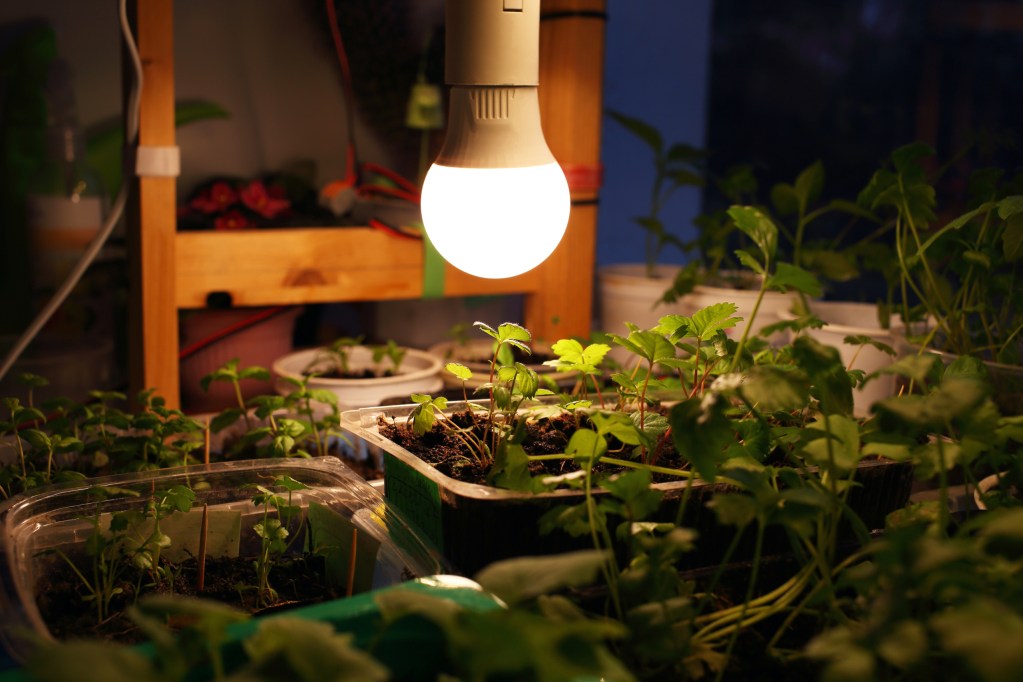
Coined by the Garden Media Group in its 2024 Garden Trends Report, this term broadly refers to incorporating science-fiction elements into the garden — think avant-garde designs inspired by everything from cutting-edge technology to aliens.
Hortifuturism gardens tend to fall under two camps: survivalist gardens and night gardens. Survivalist gardens, similar to self-sufficient homestead gardens, are exactly what they sound like: The idea is to grow food and other essentials necessary for survival should dire circumstances unfold. Night gardens, on the other hand, are meant for appreciation underneath the stars and moon at night, so this is where otherworldly aesthetics might come in — think metallic plants and ethereal solar light decor.
How to incorporate the hortifuturism trend into your garden
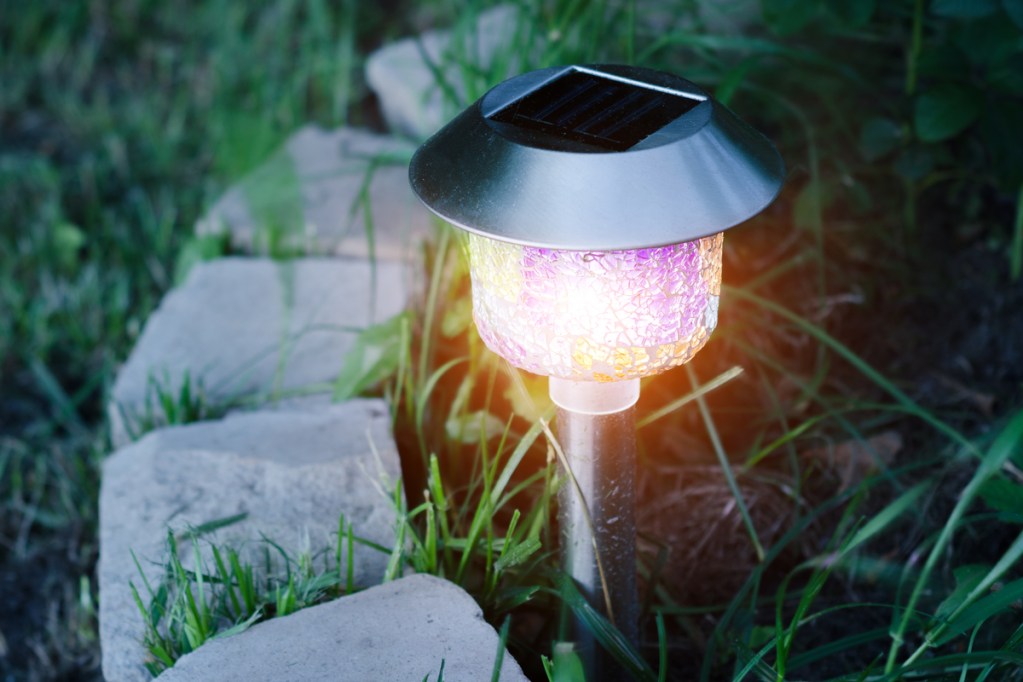
We recommend walking around your local garden center to see how you can implement the hortifuturism trend. That said, it helps to enter a plant nursery with ideas at the back of your mind, so here are some plants and garden accessories to consider for a hortifuturistic setup.
- Survivalist setups: If you like the idea of a homestead, research herbs, veggies, and fruits that you can grow, you may even want to install a vertical indoor garden or hydroponic growing system if that works better for your space.
- Neon foliage: Add a cosmic jolt of bright color to your garden with plants like the neon pothos, Versa Lime coleus, Rockin’ Fuschia salvia, and more.
- Alien-like plants: Our top contenders for alien-like plants include the haworthia cooperi (literally called alien eggs), agave, passionflower, crested euphorbia, Venus flytrap, and kangaroo paw. In general, you really can’t go wrong with succulents and carnivorous plants for an extraterrestrial look.
- Metallic plants: Channel a high-tech ambiance with metallic foliage, which will reveal a lovely sheen under the night sky — we like the metallic-leaf begonia, satin pothos, and aluminum plant.
- Night displays: For a futuristic vibe, consider extra luminous displays. Think of everything from grow light setups and overhead indoor terrariums to out-of-this-world solar lights in your yard. Also, consider other decor that looks great in the moonlight, like mirrorballs.
- The latest gardening technology: Along with cool plants and garden decor, remember to upgrade your gardening technology. Take advantage of garden planning apps, automated watering systems, and smart planters to keep your plants healthy and productive.
The future is now. Whether you want to invest in a self-sufficient edible garden setup or show off a beautiful nighttime landscape, hortifuturism invites you to explore new frontiers in your gardening endeavors.
